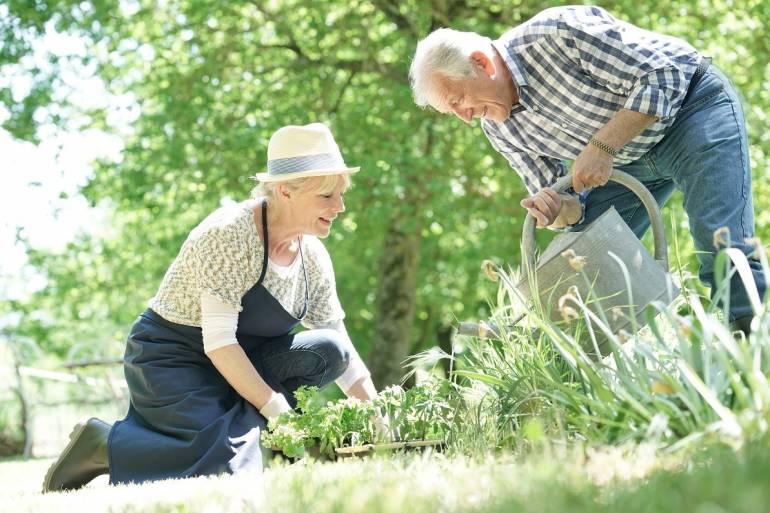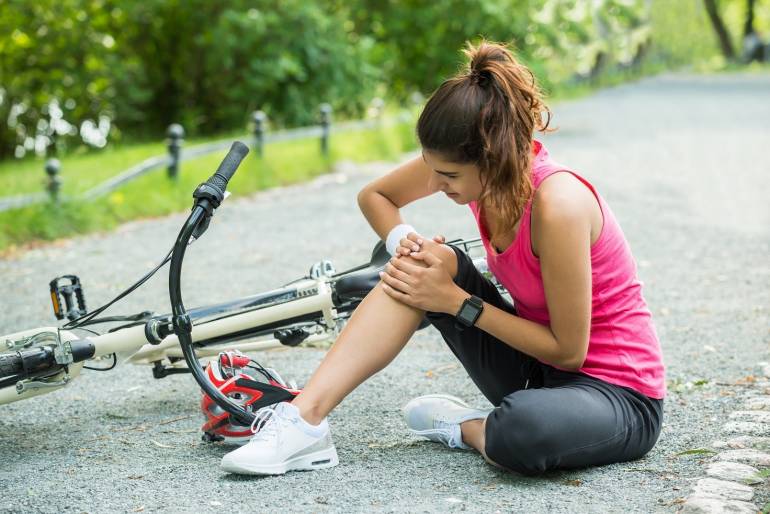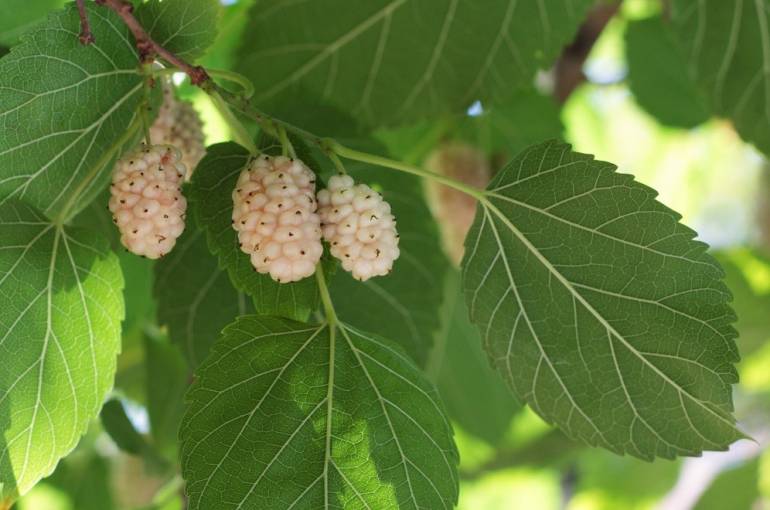More and more people are suffering from joint pain. This is, among other things, the result of stress on the joints, too intense and prolonged work. Sitting for long periods of time, standing, lifting weights can’t leave our skeletal system unaffected. How can we help regenerate our joints? Are there remedies that are worth using on an ad hoc basis, that is, when our joints hurt?
Ponds
A joint is an anatomical structure (building blocks of the human body) whose function is to keep two (or more) bones at the right distance from each other. It is the joints that make movement possible. Inside the joints are, among other things, cartilage and joint fluid.
Each joint has a unique function and is built slightly differently. In general, however, joints can be divided in two ways. The first criterion for division involves the number of bones that make up the joint. According to the criterion posited above, one can distinguish: simple joints (that is, connecting two bones), and compound joints (where the number of bones forming a joint is more than two). The second way of dividing joints takes into account the number of axes within which the bones that make up a joint move. Thus, the following joints are distinguished: uni-axial, biaxial, multi-axial and irregular. The easiest way to illustrate this classification is with examples:
- Uniaxial joints – this is a group of joints, within which there is a hinge joint (such as the elbow), a pivot joint and a screw joint.
- Biaxial joints – is a group of joints, within which there is an elliptical joint (such as the wrist) and a saddle joint.
- Multiaxial joints – this is a group of joints, within which there are a free ball joint (such as the shoulder) and an acetabular ball joint (such as the hip).
Joint pain
When you experience pain, you may not be sure whether it is bone pain, joint pain, or pain in the muscles that support the skeleton. How do you tell the difference between joint pain, and bone pain, or muscle pain? Or do the aforementioned pains always occur simultaneously?
Joint, muscle and bone pain can occur simultaneously, but this is not the rule. So this means that not every joint pain, also results in muscle soreness. Also not every muscle pain, results in joint pain. The same is true for bone soreness. Recognizing which structure actually hurts is not easy. We can only guess (based on, among other things, the known causes of the pain) whether the joints, muscles or bones actually hurt.
Joint pain – what can be the causes of its occurrence?
Causes of joint pain include:
- Arthritis, which usually affects the elderly,
- Obesity, but also extreme underweight,
- Low physical activity, resulting in “stagnant” joints,
- Professional participation in sports that put stress on the joints (weightlifting, marathons),
- metabolic ailments,
- micro-injuries and injuries,
- inflammation of joints and joint capsules,
- abnormalities in the structure of the joints (usually resulting from congenital defects),
- genetic predisposition,
- joint strain,
- deficiencies of vitamins and minerals (especially calcium, which is a bone builder),
- swelling,
- osteoporosis.
In the case of the combined occurrence of muscle and joint pain, rheumatoid disease, colds, infections (including the flu virus), injuries such as bruises, sprains, as well as arthritis, osteoporosis, overweight, postural defects and the already mentioned several times – excessive strain on muscles and joints – are cited as causes. It is slightly different in the case of bone and joint soreness. Then, the causes of pain are cited as poisoning of the body, gout, osteoarthritis, osteoporosis, leukemia, and severe trauma (knocking a bone out of a joint), among others.
Does our age, affect the condition of our joints?
Yes. First of all, it is important to emphasize the fact, the gradual “wear and tear” of joints. When we use this term, we are referring primarily to senile bone loss and the decreasing amount of joint lubricant. We must also not forget that it is we ourselves who unknowingly contribute to the wearing down of the vitreous cartilage that protects our bones. How do we carry out the “destruction” of our joints? Well, any movement that exceeds the natural capacity of the joint accelerates the wear and tear of the joint fluid. For example, “scooting on our toes” or bending our limbs in the opposite of the normal direction are the most common mistakes we make. Another is remaining motionless for long periods of time. If we are not physically active every day, we contribute to the weakening of our joints and muscles.
Joint degeneration – can it threaten anyone?
Arthritis is a condition that involves a joint and gradually also involves bones, tendons and muscles. Atrophy and “softening” of cartilage then occurs. Holes begin to appear in the cartilage space, which, as the disease progresses, become larger and larger. The cartilage, which is renewing itself, has difficulty in expanding properly, and spaces are created, too hard and fragments too soft. The disturbed structure contributes to the gradual deformation of the joint. The deformed joint, extending beyond its assigned area, rubs against other bones, causing severe pain.
We must remember that any of us can suffer from arthritis. Its causes include both non-inflammatory and inflammatory conditions, which makes diagnosing arthritis not easy.
Joint degeneration – symptoms easy to observe
Among the basic symptoms that alert us that there is something wrong with our joints, which at the same time cannot be overlooked, are:
- Constant and occasional joint pain,
- Stiffness within the joint,
- “jumping” of the joint during the performed movement (accompanied by a characteristic and disturbing sound),
- joint swelling.
Joint pain – treatment
There are currently two basic forms of symptomatic treatment for joint pain – tablets and lubricants. When choosing the right preparation, you should first consider with your doctor the cause of your pain.
- Cause of pain – trauma, contusion
In case of joint soreness, resulting from trauma, it is best to use a preparation in the form of a gel or ointment. This preparation should contain substances that eliminate swelling, relieve pain and accelerate tissue regeneration (such as Arcalen). - The cause of pain – inflammation
In this case, treatment consists of anti-inflammatory agents. These can be tablets, ointments and warming (Neo-Capsiderm) or anti-inflammatory gels. - When the cause of pain is neither inflammation nor contusion
If the cause of joint pain is neither contusion nor inflammation, we have a non-inflammatory cause of arthritis (as mentioned above). Then we can opt for warming preparations (Neo-Capsiderm) or tablets to help treat arthritis (such as Reumaherb).
See: over-the-counter joint medications, dietary supplements
Warming ointment (Neo-Capsiderm) – mechanism of action
Neo-Capsiderm is a medication available without a prescription. The formulation includes nonivamidum, salicylic acid, camphor, balsamic turpentine, and eucalyptus oil. As a result of the above ingredients, a warming effect is obtained. Initially, after application of the product to the skin, there is an irritating effect, redness and a warm feeling. This is the result of the dilation of blood vessels and improvement of blood supply to the painful area. As a result, swelling, inflammation and, above all, pain are reduced faster.
Neo-Capsiderm – application
Neo-Capsiderm is a preparation for use by adults. Application of the drug consists of gently massaging a small amount into the area of pain. The drug is applied twice a day, for a maximum of two days. After each application of the drug, wash your hands thoroughly. Due to the strong effect of Neo-Capsiderm, frequent applications to the same area are not recommended (possible damage to sensory nerves).
Reumaherb – tablets to support arthritis therapy
Reumaherb is an over-the-counter medication containing plant extracts of Devil’s Claw root, Hedgehog herb, and Elm flower. This preparation is used supportively in the treatment of osteoarthritis to reduce pain. An additional advantage of the drug Reumaherb is the fact that it supports the body’s immunity. This drug is used in short (maximum ten days) treatments, three tablets a day.
Joint pain – preventive action
Joint pain can be treated, but it can also be prevented. Prevention of joint pain involves taking care of daily physical activity, not allowing excessive strain, and taking preparations to strengthen joint cartilage.







